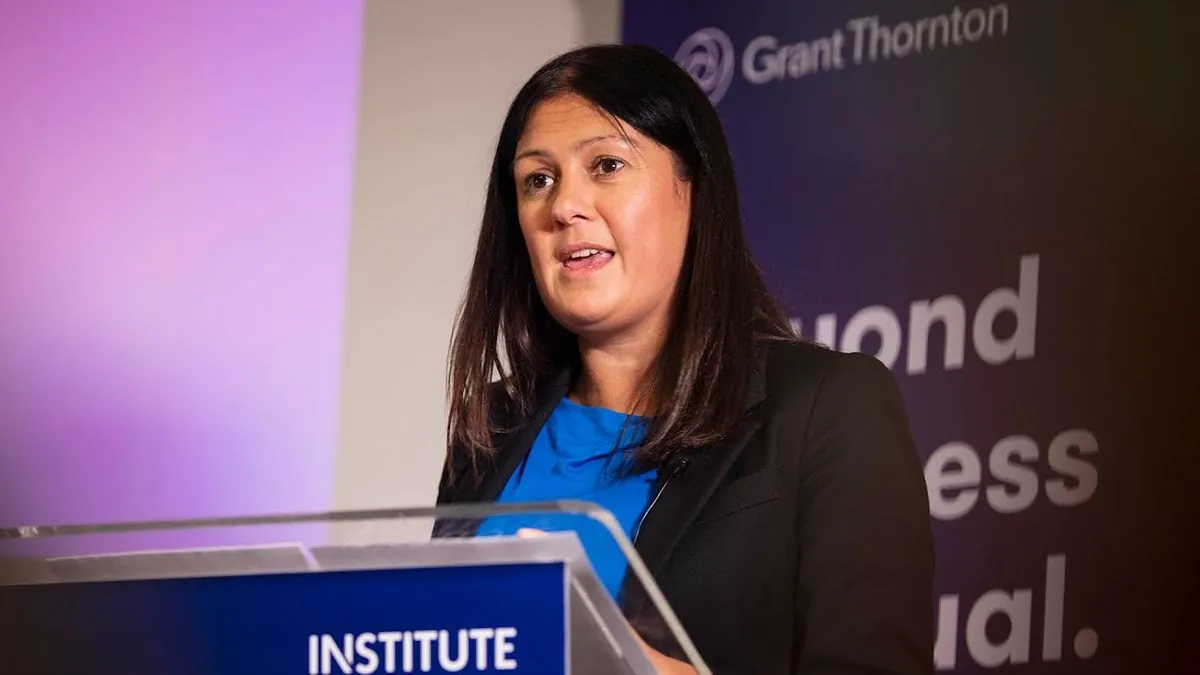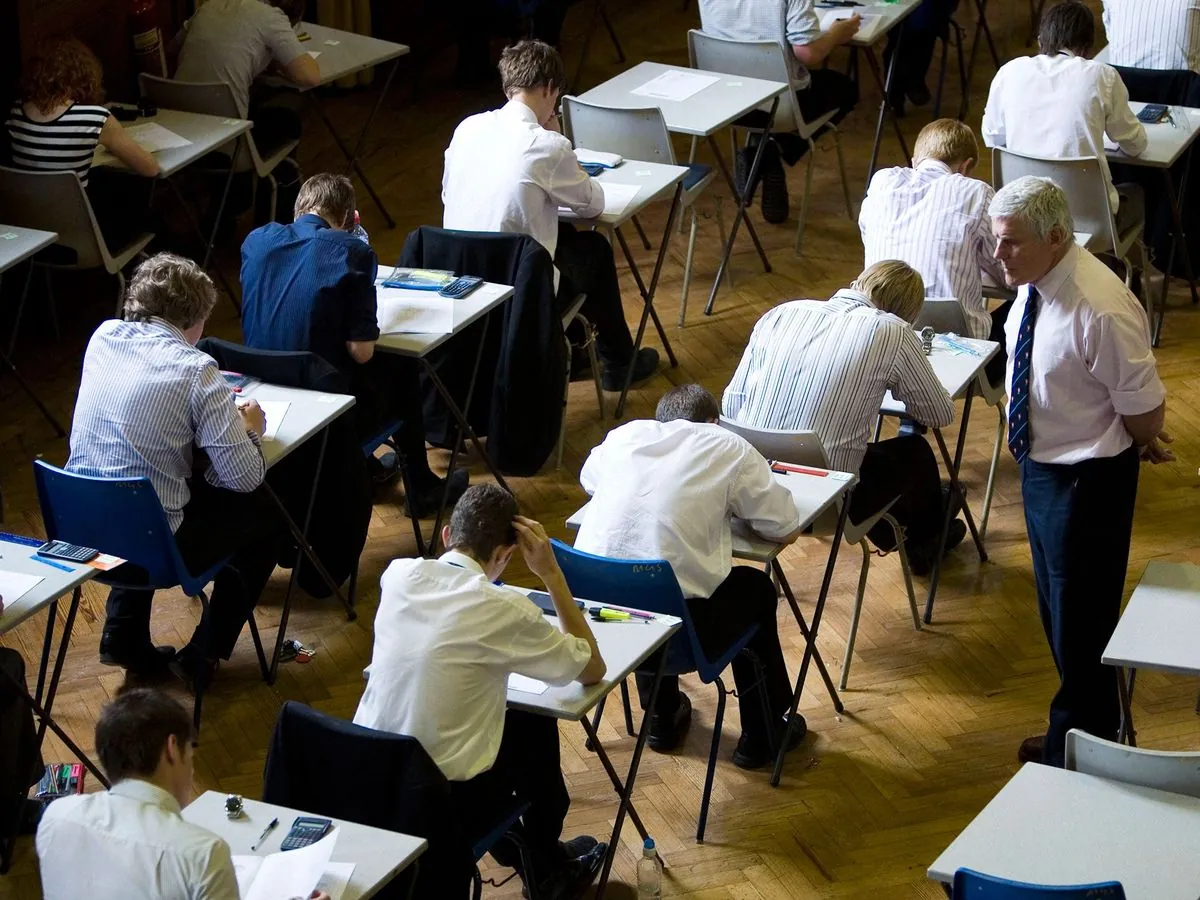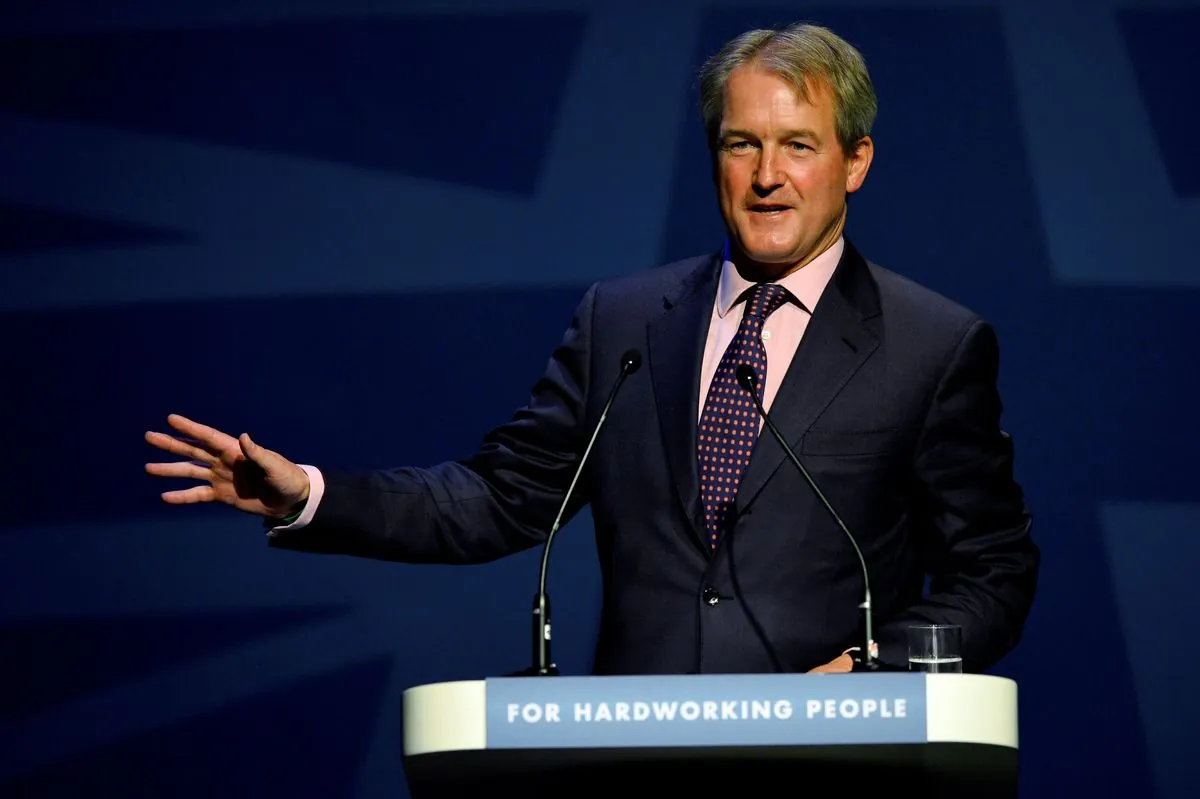Grenfell Inquiry Report to Unravel Complex Web of Responsibility
The final Grenfell Inquiry report is set to reveal a intricate network of blame among various parties involved in the 2017 tragedy. Key players face scrutiny for decisions that led to the disaster claiming 72 lives.
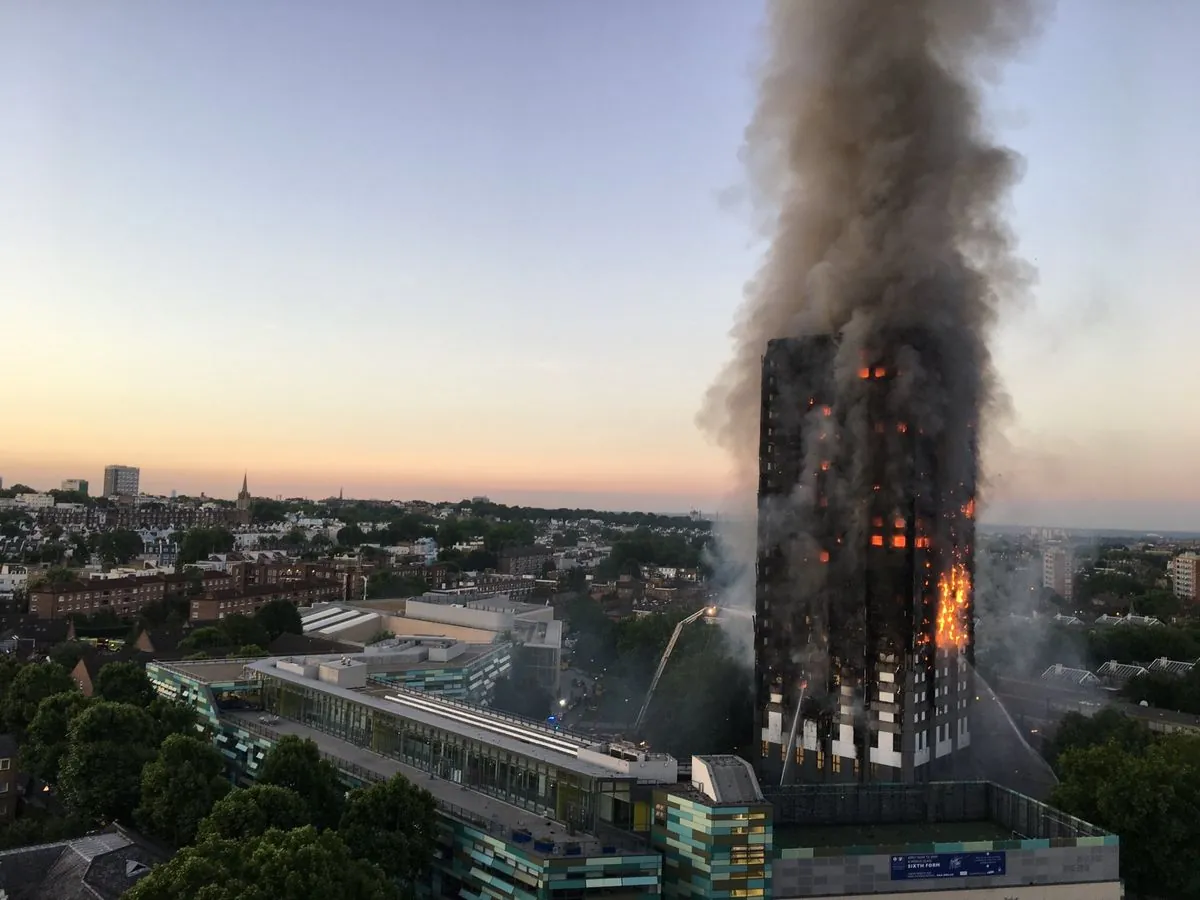
The long-awaited final report on the Grenfell Inquiry is expected to shed light on the complex web of responsibility surrounding the 2017 tragedy that claimed 72 lives. As the inquiry concludes, it aims to untangle the intricate network of blame among various parties involved in the refurbishment and management of Grenfell Tower.
Kensington and Chelsea Council, the owner and landlord of Grenfell Tower, commissioned the ill-fated refurbishment in 2015-2016. The council faced criticism for pressuring its Tenant Management Organisation (KCTMO) to keep costs down, resulting in a project completed for under £10 million. Evidence revealed that the council's planning department chose the combustible aluminum composite material (ACM) cladding and accepted flawed safety certificates.
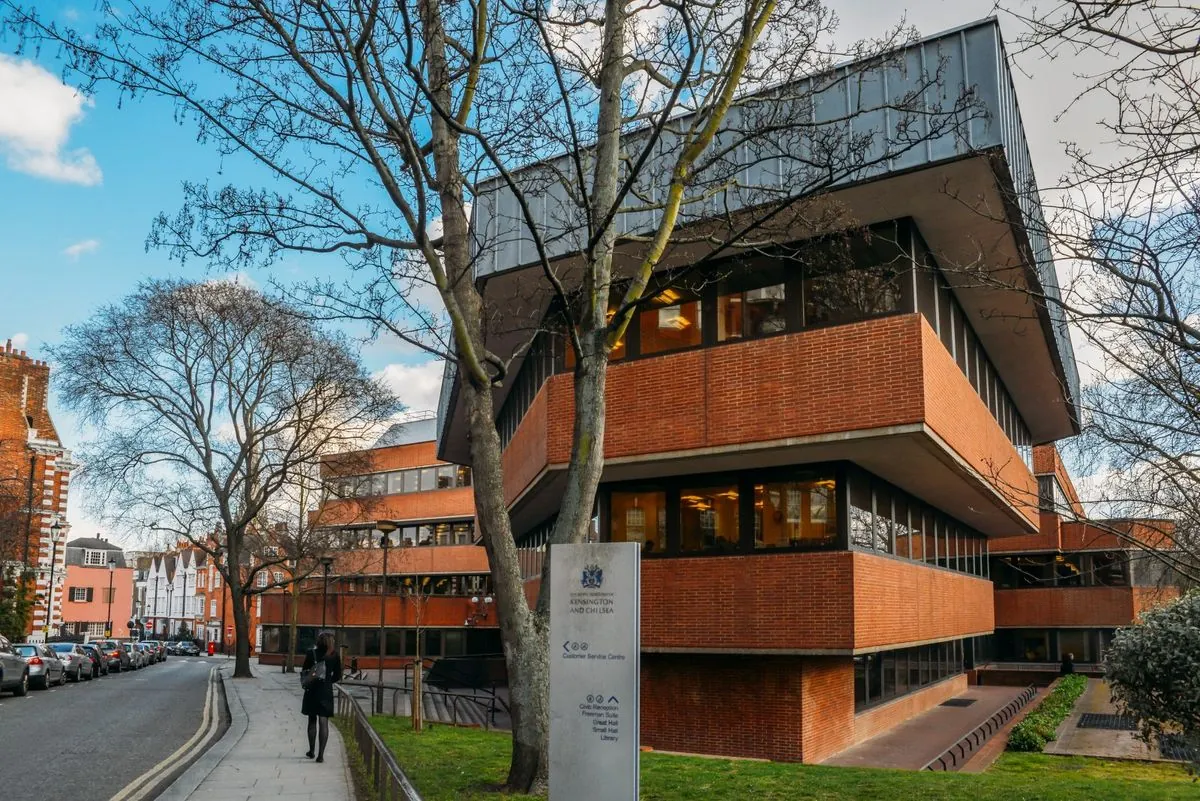
The architectural firm Studio E, despite lacking experience in high-rise overcladding, was selected without a competitive process. The inquiry heard that the lead architect failed to fully familiarize himself with fire safety regulations, raising questions about the firm's competence in handling such a critical project.
Rydon, the construction firm chosen for the refurbishment, won the contract by underbidding its competitors. The company secretly met with KCTMO to discuss cost-cutting measures, ultimately deciding to switch to cheaper, combustible ACM cladding. This decision saved Rydon between £419,627 and £576,973, with evidence suggesting the firm may have kept some of these savings for itself.
Insulation manufacturers Celotex and Kingspan faced scrutiny for their role in providing combustible materials. Celotex was accused of manipulating fire safety tests to market its product for high-rise use, while Kingspan continued to sell its K15 insulation despite failed fire tests.
Arconic, the manufacturer of the cladding panels, conducted a 2004 test revealing that its ACM panels in cassette form burned significantly faster and hotter. However, the company described this as a "rogue result" and continued to market the product, withholding crucial information about its fire performance.
"A failure to volunteer the information about the test results was a misleading half-truth, rather than a deliberate concealment."
The government's role in the tragedy was also examined, with evidence pointing to an "appetite for deregulation" within the Department for Communities and Local Government. Senior officials were accused of ignoring warnings about the widespread use of ACM cladding and dismissing recommendations for improved safety measures.
As the inquiry concludes, it is clear that a series of failures in safety regulations, oversight, and decision-making contributed to the Grenfell tragedy. The final report is expected to provide a comprehensive analysis of these failures and offer recommendations to prevent similar disasters in the future.
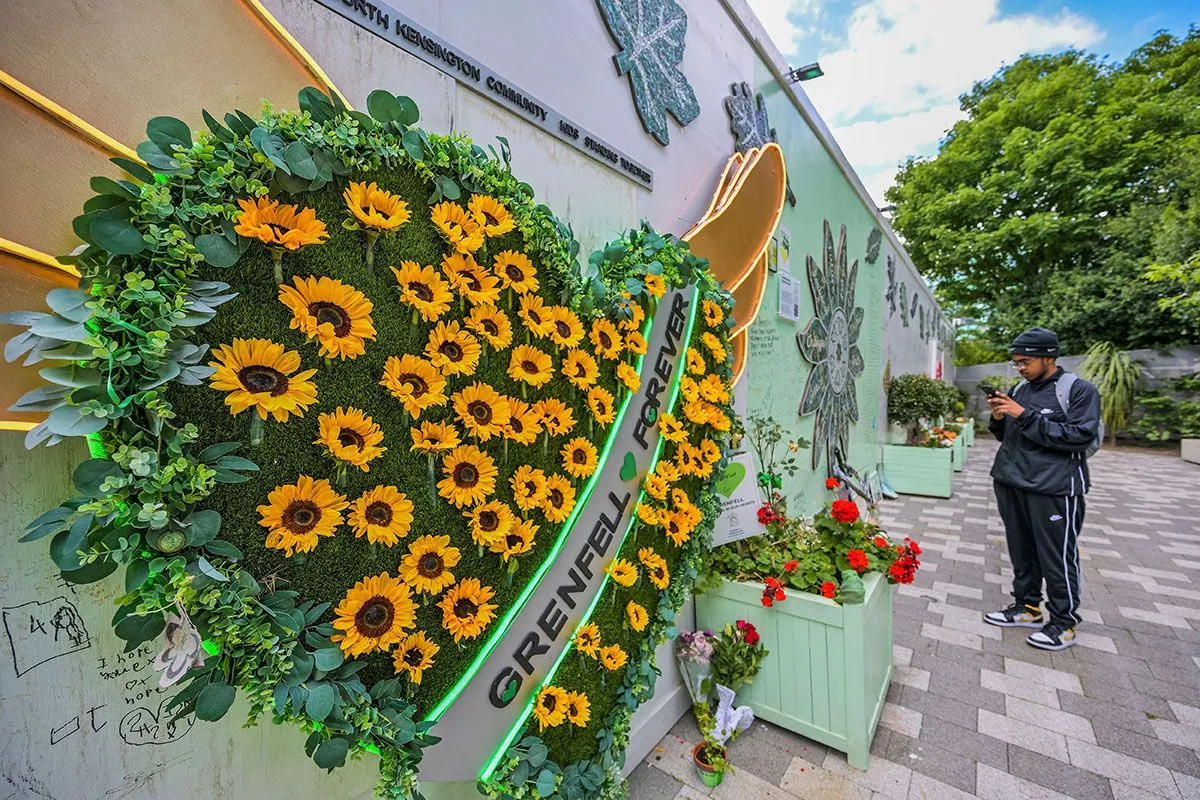
The Grenfell Tower fire, which occurred on June 14, 2017, remains the deadliest structural fire in the United Kingdom since World War II. The public inquiry, announced just a day after the tragedy and officially opened on September 14, 2017, has been one of the largest and most complex in British history. As we approach the 7-year anniversary of this devastating event, the final report's findings will be crucial in ensuring that lessons are learned and that such a tragedy never happens again.































